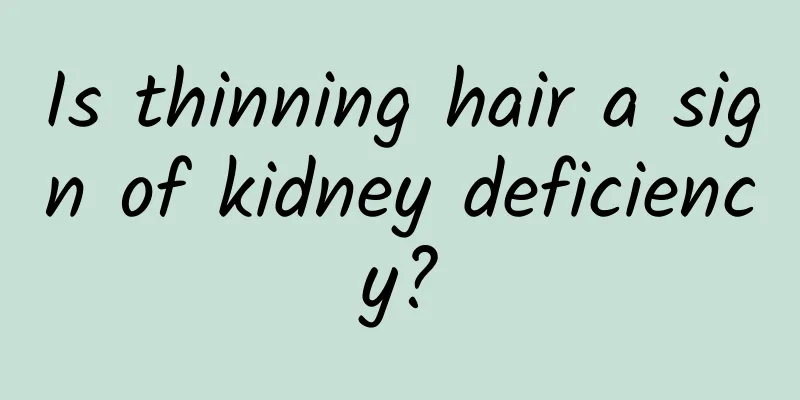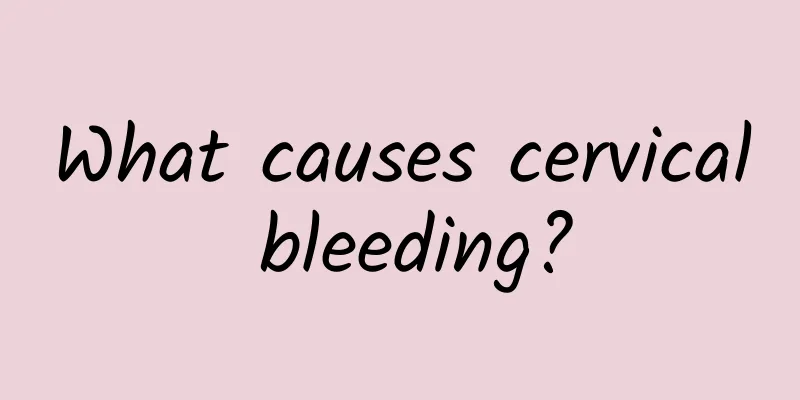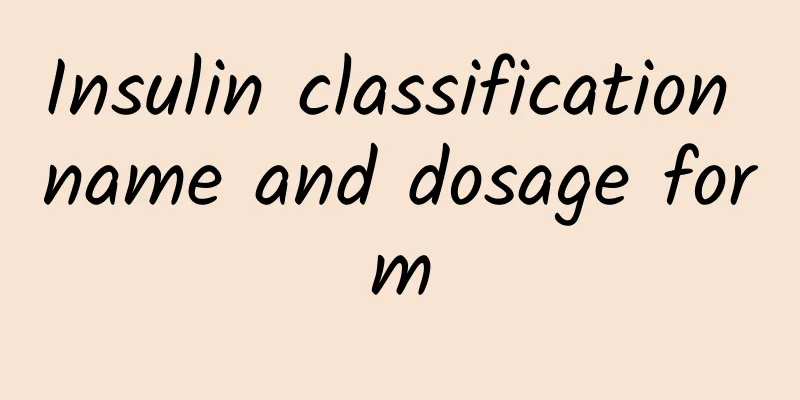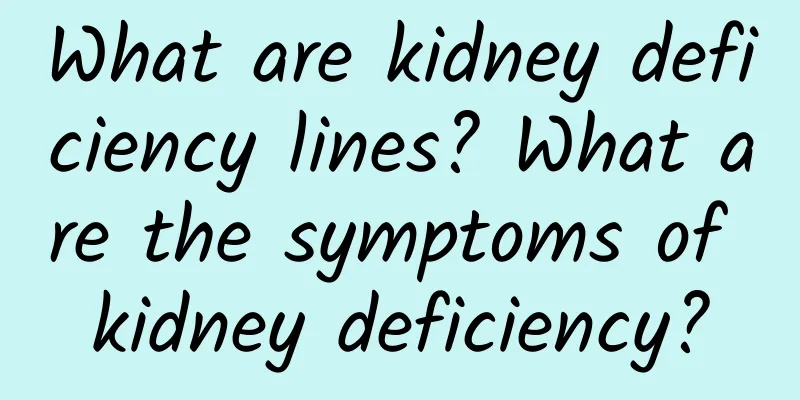Is there a cure for dilated cardiomyopathy?
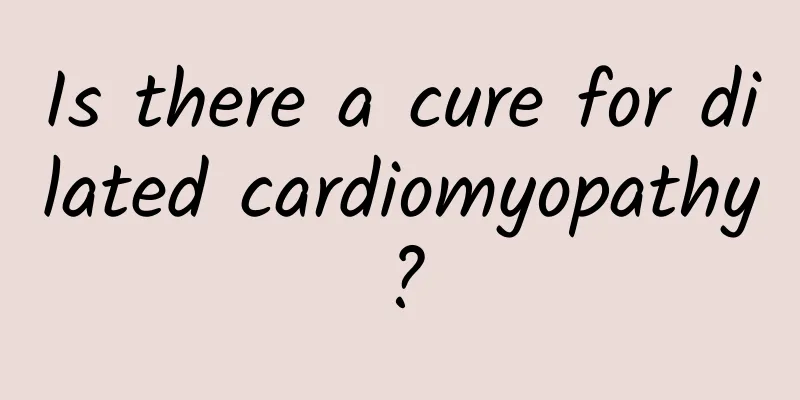
|
In life, there are many people suffering from serious illnesses who feel that they see no hope and believe that their illnesses cannot be cured and are beyond help. In fact, these thoughts are caused only by your blind understanding of your own illness and your failure to understand its nature. Some people who suffer from dilated cardiomyopathy feel that there is no hope and that it cannot be cured. So today, let us explain to you whether dilated cardiomyopathy can be cured. Dilated cardiomyopathy (DCM) is a primary myocardial disease of unknown cause. The disease is characterized by left or right ventricular enlargement or bilateral ventricular enlargement, accompanied by ventricular systolic dysfunction, with or without congestive heart failure. Ventricular or atrial arrhythmias are common. The disease is progressive and death can occur at any stage of the disease. Most of them are middle-aged people. The onset is usually slow, sometimes lasting more than 10 years. The main symptoms are congestive heart failure, among which shortness of breath and edema are the most common. Initially, shortness of breath occurs after labor or fatigue, and later shortness of breath also occurs during light activity or rest, or there are paroxysmal dyspnea at night. Patients often feel fatigued. Physical examination shows accelerated heart rate, apex beat shifted to the lower left, there may be a lifting beat, the boundary of cardiac dullness expanded to the left, the third or fourth sound can often be heard, and the heart rate is a gallop rhythm when fast. Due to the enlargement of the heart chamber, there may be a systolic blowing murmur caused by relative mitral or tricuspid regurgitation, which will be alleviated as heart function improves. In late-stage cases, blood pressure is low, pulse pressure is small, and diastolic blood pressure may be slightly elevated when heart failure occurs. The presence of pulse alternans suggests left heart failure. The pulse is often weak. There may be rales in both lungs in heart failure. When right heart failure occurs, the liver enlarges and edema starts from the lower limbs. In the late stage, there may be pleural and abdominal effusion, and various arrhythmias may occur. High-degree atrioventricular block, ventricular fibrillation, and sinoatrial block can lead to Adams-Stokes syndrome, which is one of the causes of death. In addition, there may be embolism in the brain, kidneys, lungs, etc. Commonly used clinical treatment methods 1. Treatment principles (1) Maintain normal rest, use sedatives when necessary, and eat a low-salt diet in case of heart failure; (2) Prevent and treat arrhythmia and heart failure; (3) Those with a history of embolism should receive anticoagulation treatment; (4) For patients with a large amount of pleural effusion, thoracentesis should be performed to extract the fluid; (5) Severe patients may consider artificial heart assist devices or heart transplantation, and may undergo cardiac resynchronization therapy (CRT); (6) Symptomatic and supportive treatment; 2. Heart failure treatment (1) Rest and avoidance of fatigue are very important. Patients with an enlarged heart or reduced heart function should be especially careful and take long periods of rest to prevent their condition from worsening. (2) Patients with heart failure should use cardiotonic drugs, diuretics and vasodilators. Because myocardial damage is extensive, digitalis and diuretics are helpful; hydrochlorothiazide may be ineffective when glomerular filtration is low. At this time, loop diuretics such as furosemide are needed. Vasodilators, such as angiotensin-converting enzyme inhibitors. When using, you must start with a small dose and be careful to avoid hypotension. The use of beta-blockers can improve prognosis when heart failure is stable. (3) Patients with arrhythmias, especially those with symptoms, need to be treated with antiarrhythmic drugs or electrical methods. Patients with rapid ventricular rhythm and high-degree atrioventricular block who are at risk of sudden death should be treated actively. (4) Oral anticoagulants or antiplatelet drugs can be used to prevent embolic complications. (5) For patients with long-term heart failure who have not responded to medical treatment, heart transplantation should be considered. After surgery, infection should be actively controlled, immunosuppression should be improved, and rejection should be corrected. The survival rate can reach over 85% after one year. |
<<: What can be ruled out if myocardial enzymes are normal
>>: Clinical significance of elevated cardiac troponin
Recommend
What to supplement for varicose veins
After varicose veins are treated, you must streng...
Can I drink soy milk if I have stones?
Stones are commonly found in the kidneys. The kid...
Hard feeling around belly button
In daily life, many people will find that the are...
Teach you how to make breast enhancement sweet rice wine, with a bonus recipe for breast enhancement rice wine eggs
Sweet wine is rich in nutrients such as vitamins,...
What are the methods to remove acne?
The acne problem is the most annoying one. Someti...
Itchy eyes, nose, and ears
Allergic rhinitis has certain genetic factors and...
Is liver hemangioma dangerous?
In general, liver hemangioma is a benign tumor. Wh...
How long does it take to recover from eye opening?
For many people, a pair of big, sparkling eyes is...
Avascular necrosis of talus
Some people may suffer accidental injuries, espec...
What are the symptoms of urticaria? Watch out for these 5 symptoms
Urticaria is divided into chronic urticaria, acut...
Can rose petals be eaten?
Rose is a common plant flower in our lives. The a...
Little finger numbness
I believe that you must have encountered numbness...
What should I do if my child has repeated high fever due to viral infection?
Children's physical health is prone to some p...
What are the treatments for otitis media?
Otitis media seriously affects the patient's ...
How to prevent pneumonia in children
Children's physical fitness is very poor, so ...

